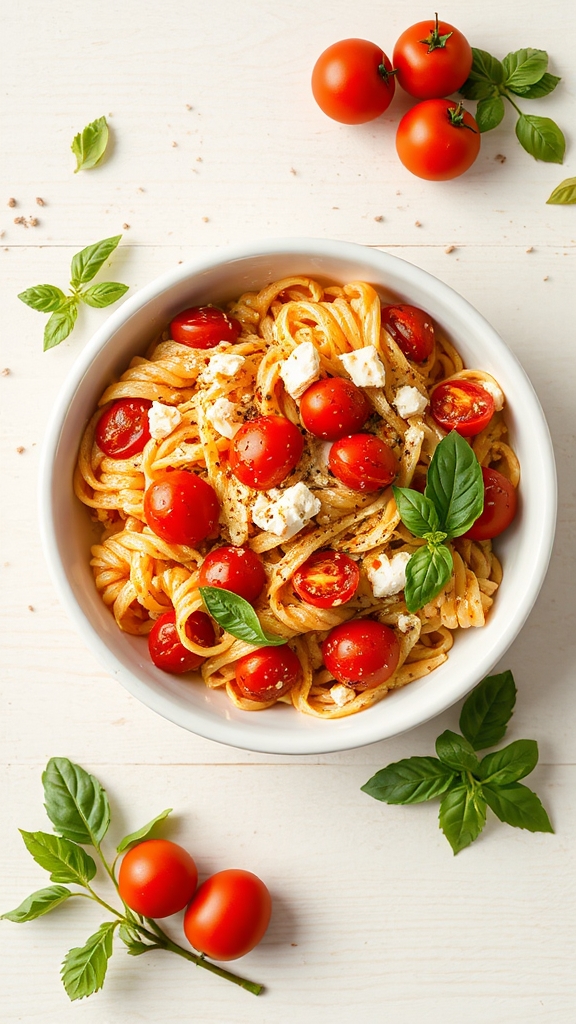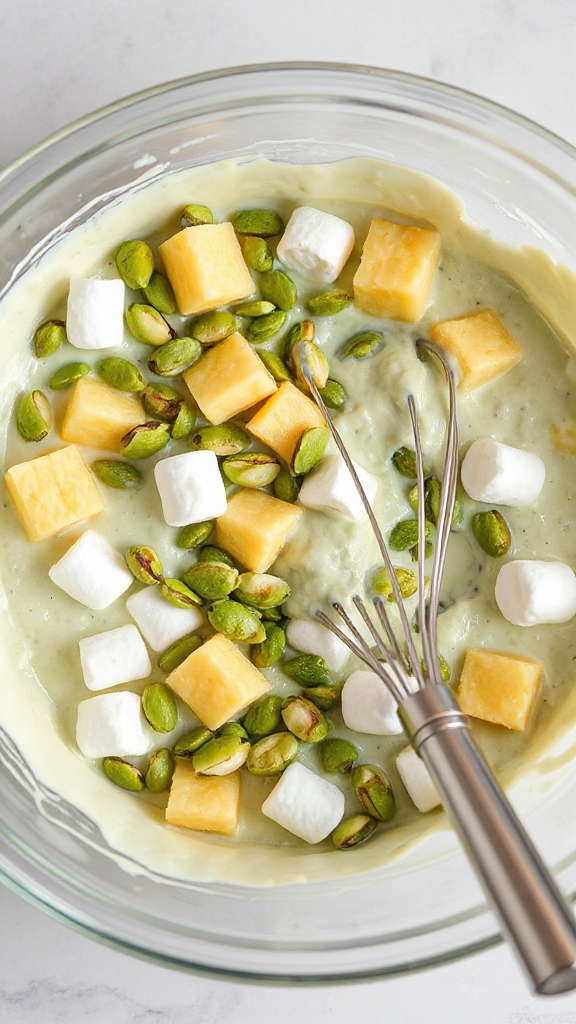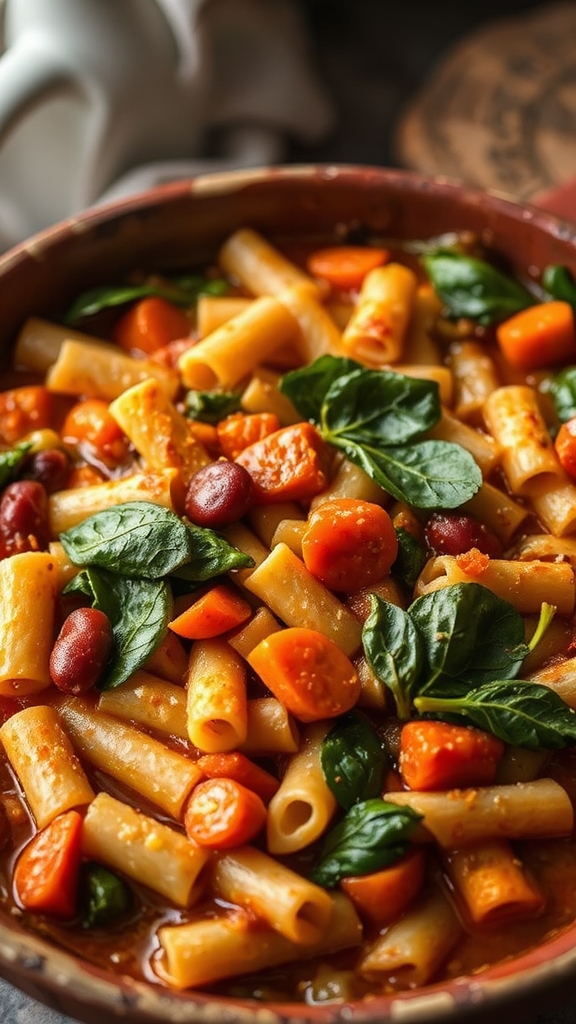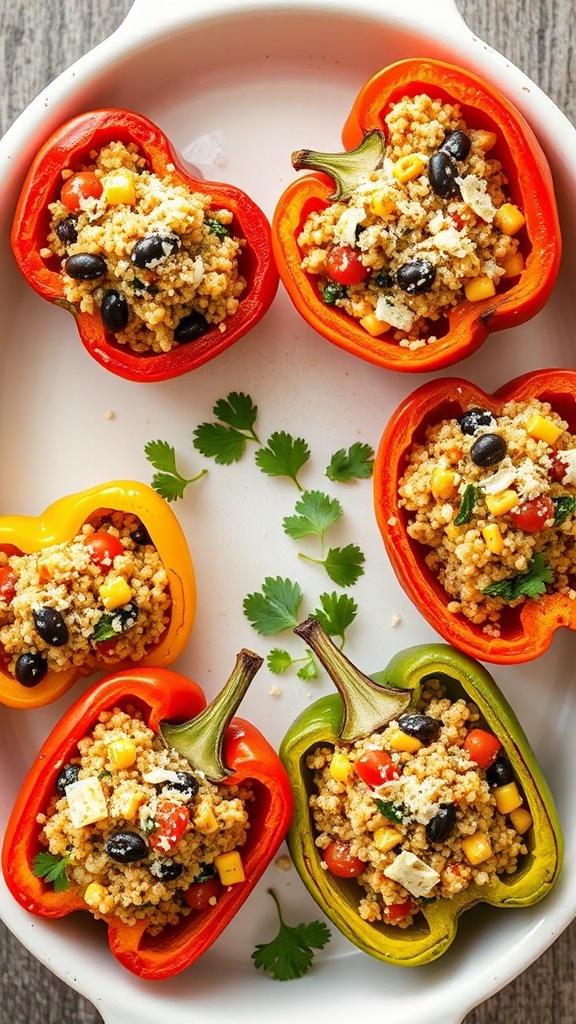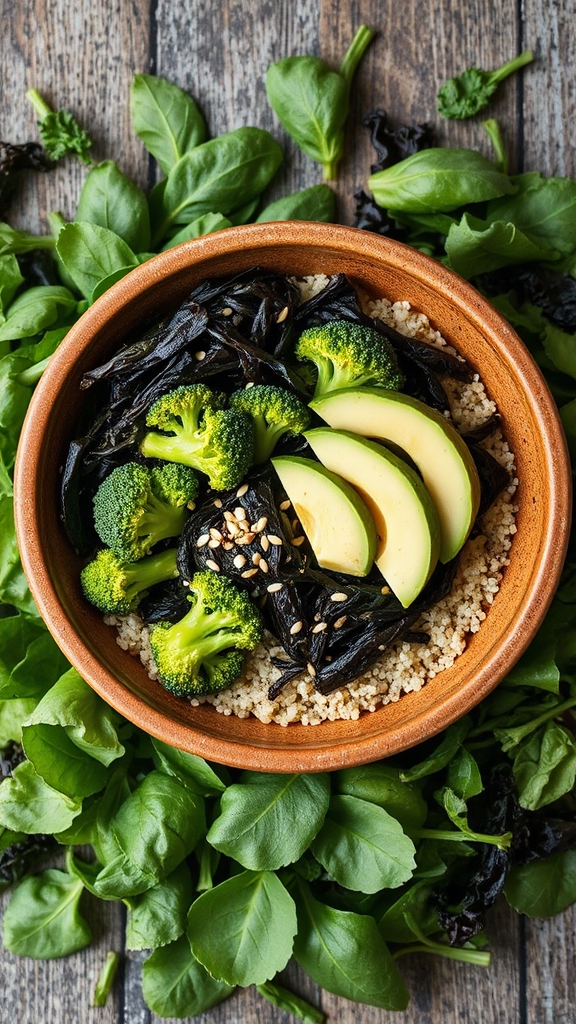Minestrone Casserole – Italian Soup Meets Comfort Food
How an ancient Italian soup becomes a comforting casserole might surprise you—discover the tasty twists waiting inside.
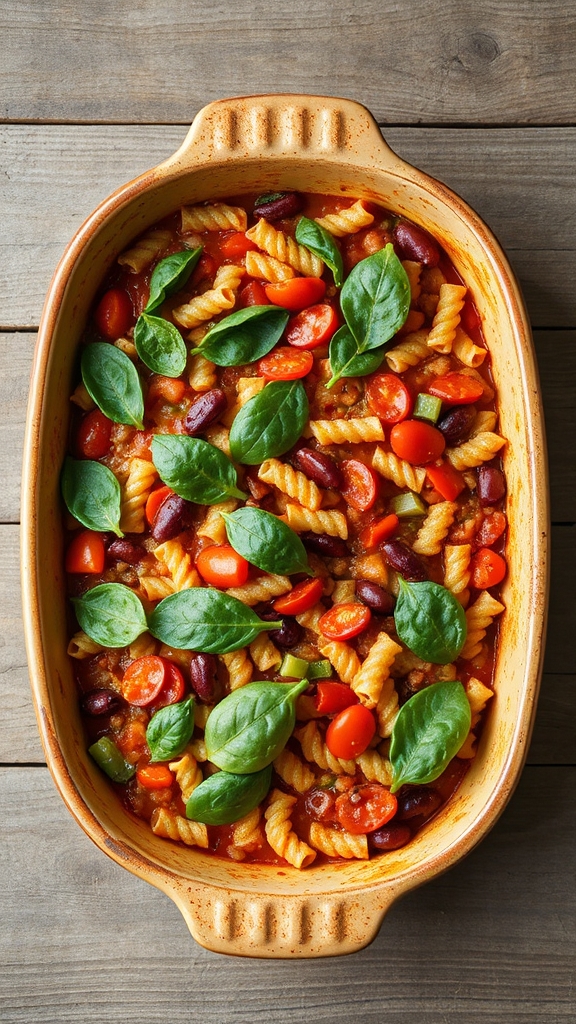
I’ve discovered how minestrone casserole transforms Italy’s ancient peasant soup into a hearty baked comfort food with roots in Roman times. It’s packed with key ingredients like cooked pasta, diced tomatoes, kidney beans, chopped carrots, and celery for a nutritious twist. The process starts with baking it covered, then uncovering for a bubbly, golden top. Experiment by adding spinach or swapping beans, using simple tools like a cutting board and knife. You’ll uncover even more tips and variations soon.
History
Minestrone casserole traces its origins to the traditional Italian minestrone soup, a rustic dish dating back to ancient Roman times, rooted in peasant culture and emphasizing fresh, seasonal vegetables for sustenance.
Regional variations across Italy reflect local ingredients and traditions, such as the pesto-infused versions in Liguria or bean-heavy renditions in Tuscany, highlighting the dish’s adaptability and its role in showcasing Italy’s culinary diversity.
Traditionally, minestrone—whether in soup or casserole form—is served during family gatherings, everyday meals, or colder months as a comforting, nourishing staple that fosters communal dining.
Ingredients
- 2 cups cooked pasta, like elbow macaroni or penne – You know, I always wonder if picking the right shape makes a difference, but let’s go with these little guys for that perfect bite-sized chew, adding heartiness without overwhelming the pot.
- 1 can (14 oz) diced tomatoes – These are the unsung heroes, bringing that juicy, tangy base to tie everything together, almost like they’re whispering, “Hey, let’s make this casserole sing.”
- 1 can (15 oz) kidney beans, drained and rinsed – Oh, these beans, they’re like the reliable friends who show up for every gathering, packed with protein to keep you full, though I sometimes tease myself for forgetting to rinse them properly and ending up with extra salt.
- 1 cup chopped carrots – Fresh and crunchy, these add a sweet crunch that sneaks in some vitamins, making me think, what if veggies could be the stars of the show instead of just sidekicks?
- 1 cup chopped celery – That subtle, earthy flavor, celery’s the one that slips in unnoticed but pulls the whole mix together, and hey, if you’re like me, chopping it fast might save your fingers from a playful kitchen mishap.
- 1 onion, diced – Ah, the onion, always making eyes water just to prove a point, but diced up, it brings that savory depth that makes the casserole feel like a warm hug on a chilly day.
- 2 cloves garlic, minced – Just a couple of these, minced fine, and suddenly everything smells amazing – I mean, who doesn’t appreciate that aromatic punch that garlic sneaks in, even if I’m a bit clumsy with the knife sometimes?
- 1 teaspoon dried oregano – This herb’s like a sprinkle of Italian sunshine, adding that herby zing without fuss, though I often ponder if using a bit more would turn things from good to “wow, that’s lively.”
- 1 teaspoon dried basil – Basil’s the gentle cousin to oregano, lending a fresh, leafy note that brightens the mix, and it’s one of those ingredients that makes me chuckle, thinking how a little green can go such a long way in the kitchen dance.
- Salt and pepper to taste – Simple as that, these are the basics we all reach for, because what’s a dish without a dash to wake up the flavors, even if I tease myself for always second-guessing the perfect pinch?
- 1 cup vegetable broth – This liquid gold pulls it all together, keeping things moist and flavorful, like a secret ingredient that says, “Let’s not let this casserole dry out,” which I appreciate on those days when things might otherwise go sideways.
- 1/2 cup shredded cheese, such as mozzarella or Parmesan – Cheese, oh cheese, the melty magic that tops it off with gooey goodness, and while I might joke about my weakness for it, who can resist that stretchy pull that makes every bite feel indulgent?
- 1/2 cup fresh spinach leaves – These greens are the healthy twist, sneaking in nutrients and a pop of color without adding much bulk, making me think, isn’t it clever how they bulk up the dish while keeping calories in check, almost like a sneaky vegetable ally.
Cooking Steps
After the initial bake, remove the foil and let it cook for another 10 minutes until bubbly and golden on top, giving you that perfect casserole texture that’s not too mushy.
Tips and Variations
If you’re tweaking your minestrone casserole for a lighter touch, why not toss in that handful of fresh spinach leaves right before baking, adding a burst of green goodness without weighing things down, as it wilts into a nutritious whisper.
You know, sometimes I wonder if my portions are too hearty, so swapping out regular pasta for whole wheat or gluten-free options can keep it fun and forgiving for different diets—picture a casserole that feels like a cozy hug but with a sneaky health boost.
And for a playful twist, experiment with beans, like swapping cannellini for kidney ones, which might just turn your dish into a colorful fiesta, though I’ve to admit, I often overestimate how much spice I can handle and end up dialing it back with a chuckle.
Tools
| Tool | Purpose |
|---|---|
| Cutting board | For chopping vegetables and other ingredients |
| Chef’s knife | For slicing and dicing produce |
| Measuring cups | For accurately measuring liquids and dry ingredients |
| Measuring spoons | For precise measurement of smaller quantities |
| Large mixing bowl | For combining ingredients |
| Wooden spoon | For stirring and mixing the casserole mixture |
| Baking dish | For assembling and baking the casserole |
| Oven | For baking the dish at the required temperature |

Hi There! I'm Stephanie Miller: Elementary teacher from Columbus, OH sharing grandma's treasured American recipes! 50 years young, yoga enthusiast & kitchen storyteller. Welcome to my food family! 🍰❤️


